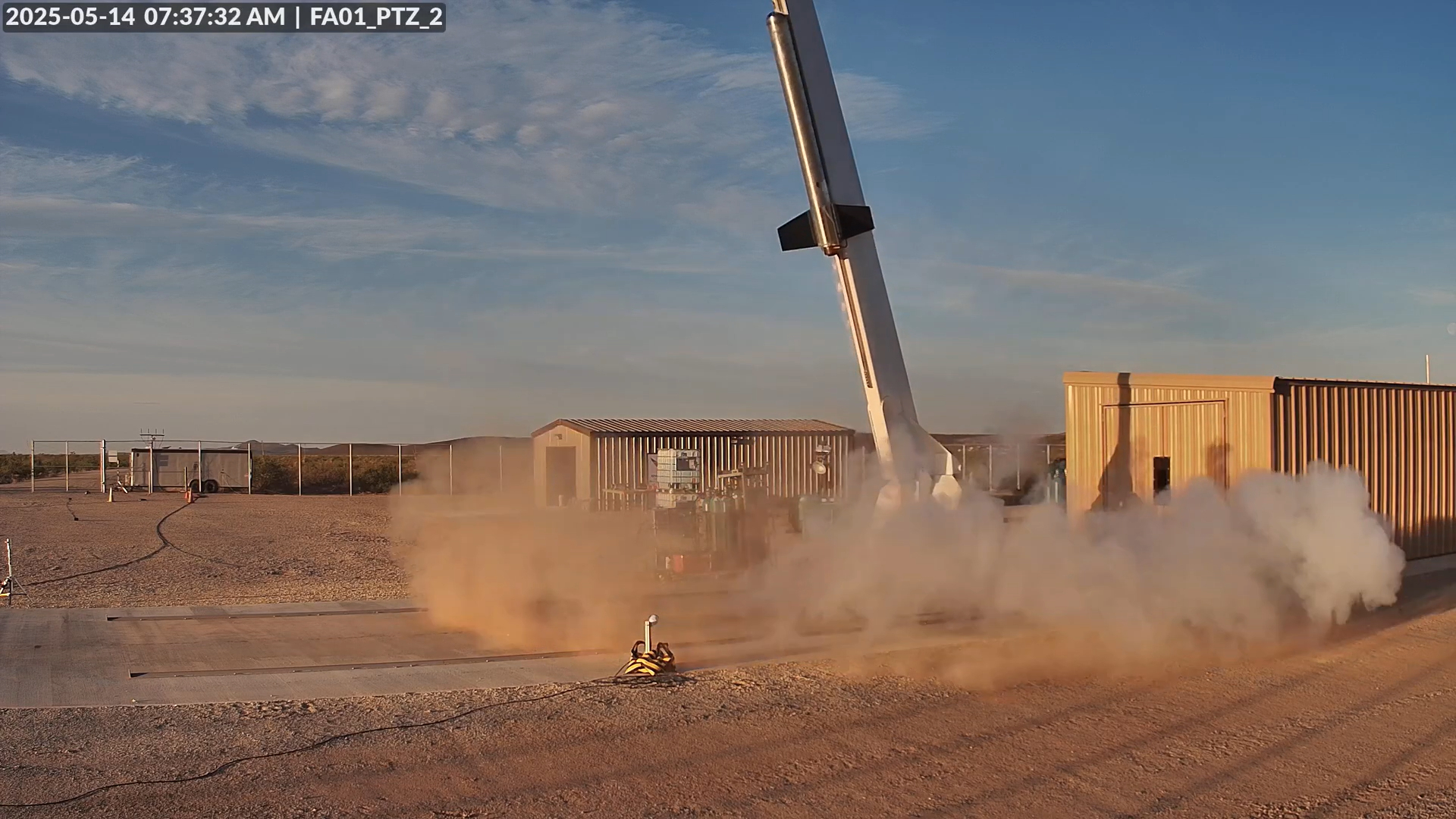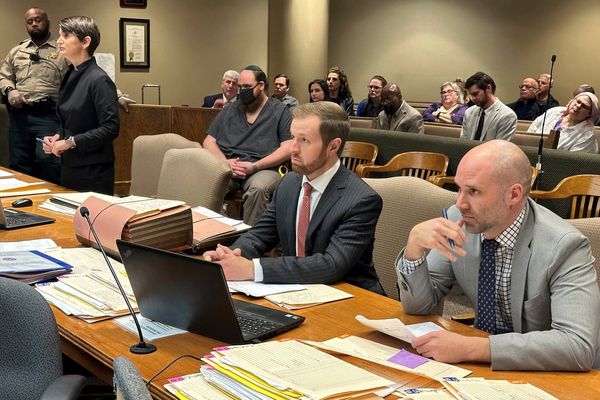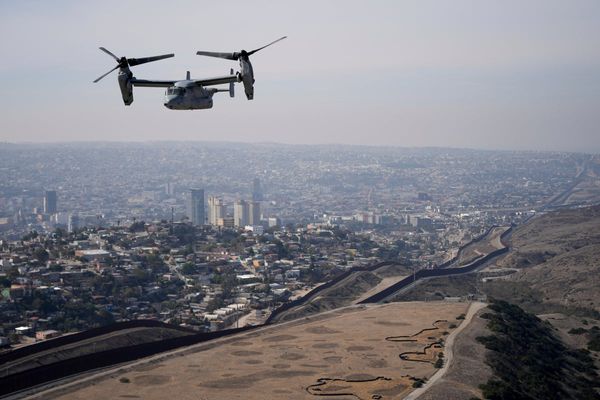
Houston-based startup Venus Aerospace has completed the first-ever test flight of a rotating detonation rocket engine (RDRE) in the United States.
The launch took place on Wednesday (May 14) from Spaceport America in New Mexico. A small rocket equipped with Venus' RDRE lifted off at 9:37 a.m. EDT (1337 GMT; 7:37 a.m. local time in New Mexico).
The milestone marked the first successful test of such an engine from U.S. soil and took Venus a "step closer to making high-speed flight accessible, affordable and sustainable," the company said in a statement.

"This is the moment we've been working toward for five years," Venus CEO Sassie Duggleby said in the statement.
The test serves as a proof of design for Venus's RDRE and keeps the company on track for runway-based high-speed flight, she added: "We've proven that this technology works — not just in simulations or the lab, but in the air."
The Venus RDRE uses a compact, high-efficiency design the company hopes can eventually power aircraft up to Mach 6 — six times the speed of sound — starting from conventional runways. Compared to traditional rocket engines, RDREs offer greater thrust in smaller packages, but up until now the technology has been mostly theoretical.
Normally, rocket engines burn fuel in a combustion chamber in a steady, controlled process. RDREs use a continuous detonation wave that travels in a circle within a ring-shaped chamber, which produces higher pressure and efficiency and results in increased thrust with less fuel.
"This milestone proves our engine works outside the lab, under real flight conditions," Venus CTO Andrew Duggleby said in the same statement. "We've built an engine that not only runs, but runs reliably and efficiently — and that's what makes it scalable."
The RDRE is designed to work in tandem with Venus's VDR2 air-breathing detonation ramjet — a combination the company says will enable sustained hypersonic flight without the need for a booster. (Hypersonic flight is generally defined as Mach 5 and above.)
"This is the foundation we need that, combined with a ramjet, completes the system from takeoff to sustained hypersonic flight," Andrew Duggleby said.
With the successful test in the books, Venus is planning full-scale propulsion test of their integrated system as it moves to qualify the design of its future Stargazer M4, a reusable passenger aircraft capable of reaching Mach 4.







